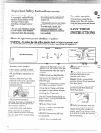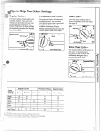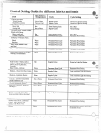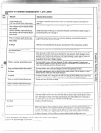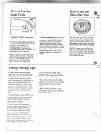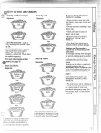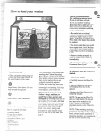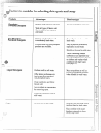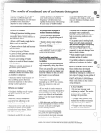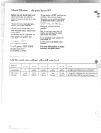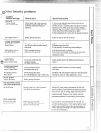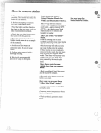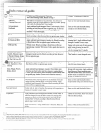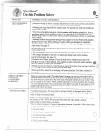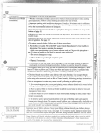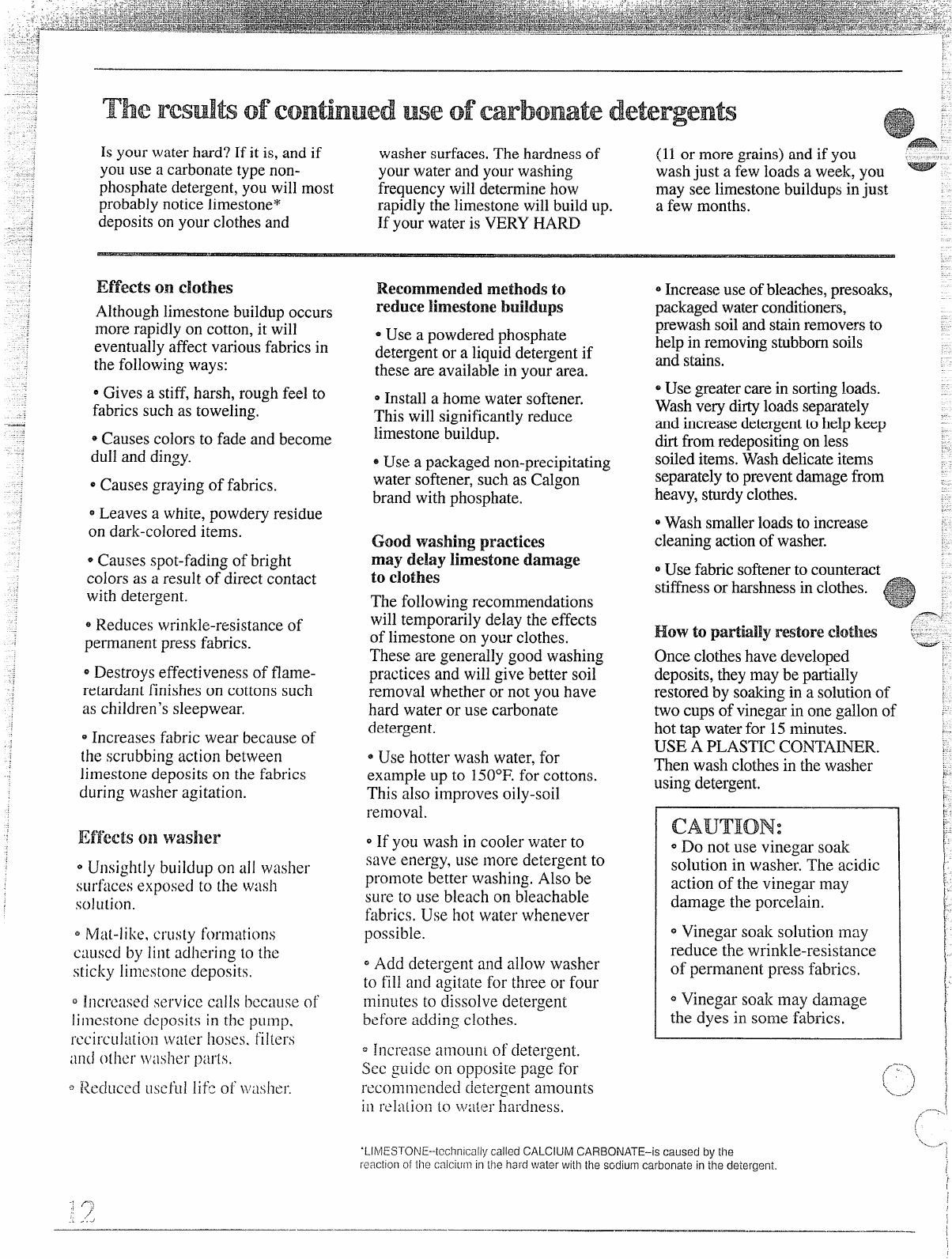
The resd~ ofcontinued use ofcarbonate detergents
Is your waterhard? If it is, and if
washer surfaces,The hardnessof
(11or more grains) and if you .&---.
you use a carbonate typenon-
your water and your washing
washjust a few loads a week, you -
phosphatedetergent,you will most
frequency will determinehow
may see limestonebuildupsinjust
probablynotice 1imestone*
rapidly the limestonewill build up. a few months.
depositson your clothesand
If your water is VERY HARD
Effeetson clothes
Although limestonebuildupoccurs
more rapidly on cotton, it will
eventuallyaffect variousfabrics in
the following ways:
e Gives a stiff,harsh, rough feel to
fabrics such as toweling.
eCauses colors to fade and become
dull and dingy.
~Causes graying of fabrics.
~Leaves a white, powdery residue
on dark-colored items.
e Causes spot-fading of bright
colors as a result of direct contact
wi[h detergent.
~Reduces wrinkle-resistance of
permanent press fabrics.
e Destroys effectiveness of flame-
retardant finishes on cottons such
as children’s sleepwear,
~Increases fabric wear because of
the scrubbing action between
limestone deposits on the fabrics
during washer agitation.
Effects 011waslRer
QUnsightly buildup on all washer
s~irfacesexposed to the wash
S()]LltiO1l.
a Mat-like, crus(y f’ornlations”
C:lLISCd by Iinta(.ihcring[0 the
sticky limestone deposits.
a Inci’case(iservice calls
bCC:lLISCof
lin7cs[onccicp[]sitsin the pump,
rccircLllalioilwater hoses. filteI-S
Recommendedmethods to
reduce limestone buildups
@Use a powdered phosphate
detergentor a liquid detergentif
these are availablein your area.
~Install a home water softener.
This will significantlyreduce
limestone buildup.
~Use a packaged non-precipitating
water softener, such as Calgon
brand with phosphate.
Good washing practices
may delaylimestonedamage
toclothes
The following recommendations
will temporarily delay the effects
of limestone on your clothes.
These are generally good washing
practices and will give better soil
removal whether or not you have
hard water or use carbonate
detergent.
e Use hotter wash water, for
example Llpto 150”F.for cottons.
This also improves oily-soil
removal.
~If you wash in cooler water to
save energy, use more detergent to
promote better washing, Also be
sure to use bleach on bleachable
fabrics, Use hot water whenever
possible.
QAdd detergent and allow washer
to fil~and agitate for three or four
minutes to dissolve detergent
before adding clothes.
@~n~re:lse;]~~~oun~of detergent>
Sec guide on opposite page for
rcconln~cnded detergent amounts
in rcla[ion t(>
;~)~tit~i. hai.dness.
.-
~Increaseuseof bleaches,presoaks,
packagedwaterconditioners,
prewash soiland stainremoversto
—
help in removingstubbornsoils
and stains.
~Use greatercarein sortingloads.
Washvery dirtyloadsseparately
and increasedetergentto help keep
dirt fromredepositingon less
soileditems.Washdelicateitems
separatelyto preventdamagefrom
heavy,sturdyclothes.
eWash smallerloads to increase
cleaningactionof washer.
~Use fabric softenerto counteract
@_:
stiffnessor harshnessin clothes. ‘-
:~3$- .-
—J&--
..
How to
patiiallyrestoreelot12es {---
.
*-..
Once clotheshave developed
deposits,they may be partially
restoredbv soakingin a solutionof
two cups ;f vineg; in one gallon of
hot tap”-waterfor-l5 minute;.
USE A PLAS~C CONTA~ER.
Then wash clothesin the washer
using detergent.
o Do not use vinegar soak
solutionin washer.Theacidic
actionof thevinegarmay
damagethe porcelain.
~Vinegar soak solution may
reduce the wrinkle-resistance
of permanent press fabrics,
~Vinegar soak may damage
the dyes in some fabrics.
,
—-.
(“”
i
\
\_,,-.
4LlLflESTONE--tcctlntcall\rcalled CALCIUM CARBONATE–is caused by the
)
rcactlon of the calcil!m in the hard wafer with the sGdiumcarbonate in tt?edeiergent.
[
F
1
1
,
I
——
— .—.——-—.
{
(



